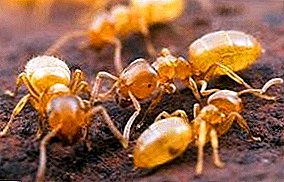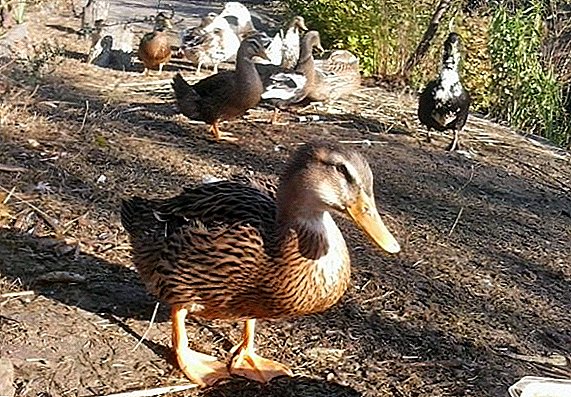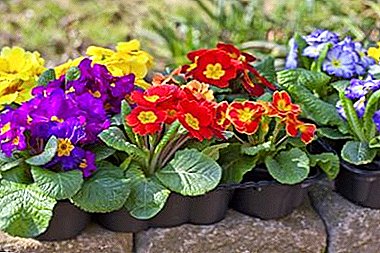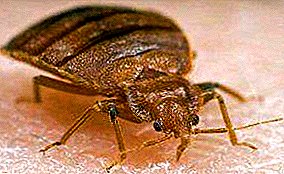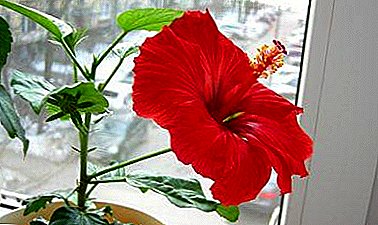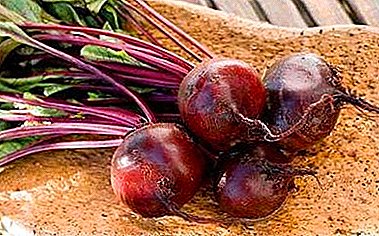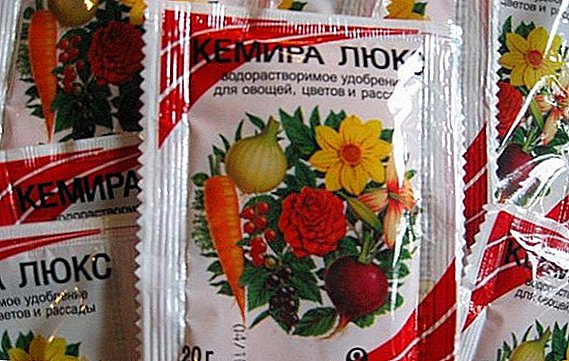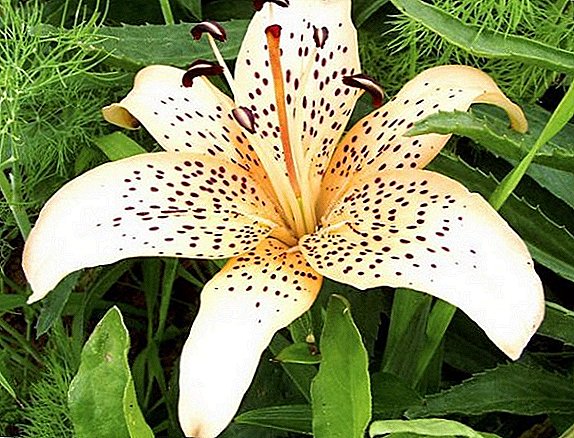 Lilies - beautiful flowers. For full-fledged development, they need care, support, nourishment and fertilizing, since they are very demanding in the underground supply and almost always put the beauty of their flowers in a clear dependence on the quality of feeding in all periods of their growth and development.
Lilies - beautiful flowers. For full-fledged development, they need care, support, nourishment and fertilizing, since they are very demanding in the underground supply and almost always put the beauty of their flowers in a clear dependence on the quality of feeding in all periods of their growth and development.
Why is it important to fertilize lilies
An onion under the ground, no matter how strange it sounds, is the head of all these flowers. It depends on it how quickly and efficiently the above-ground green mass of the plant grows in the spring-summer period, how fully the buds are formed, how beautiful the blooming flowers will be and how well the lily will be prepared for the next season.
Therefore, it is extremely important to complete nutrition of the underground part of the plant. And this nutrition for the root system of a flower can be provided by timely and high-quality feeding.
Did you know? The ancient Egyptian hieroglyph, denoting a lily, simultaneously expressed such concepts as freedom and hope.
Fertilizer in spring
After a winter sleep, the spring awakening of the plant mobilizes all its forces for forcing the green mass and the formation of buds, for which the nutrients stored in the bulb and extracted by the root system are used intensively. So the value of spring fertilizing lilies with fertilizers is hard to overestimate. 
The best time for fertilizer
Experts recommend the first dressing to produce no earlier than the temperature of the soil rises to + 6-7 ° C. In different climatic zones, this period comes in different ways. In some areas, it begins in early April, while in others it is postponed until early May.
We recommend that you familiarize yourself with the features of planting and caring for lilies in the open field, and also find out when it is best to repot the flower.
The main indicator by which you can accurately determine when it is time to begin feeding, is the height of the stem, which should be at least 10 centimeters. Before this period, fertilizing is meaningless, because the bulbs are not yet able to absorb them.
VIDEO: WHAT TO ADVERTISE SPRING LILIES
Features of fertilizer at the budding stage
During the preparation of the lily for flowering, that is, at the budding stage, the plant needs more nitrogen than during all other periods of its development. Phosphorus is also useful in this period. These substances affect the size of the buds and the brightness of the petals when the buds bloom.
Find out the cause of yellowing lily leaves, how to cope with flower diseases and what to do if red bugs appear on the leaves.
Choosing the right fertilizer
Sources of extremely necessary in preparation for the flowering of lilies can be both mineral and organic supplements.  Purchased
Purchased
From industry-produced mineral fertilizers containing nitrogen, phosphorus, potassium, magnesium, and some other beneficial substances, fertilizing has proven best of all in the form of:
- ammonium nitrate, which should be used at the rate of one tablespoon per square meter of flower beds;
- nitrophos, a tablespoon of which must be diluted in a bucket of water;
- azophos, used in the same way as nitrophos;
- nitroammophos, one and a half tablespoons of which should be dissolved in a bucket of water;
- Kemira Lux, with a solution consisting of 10 liters of water and a tablespoon of fertilizer, you should water the flowers a couple of weeks before flowering;
- Kalimagnezii, containing, among other things, also magnesium, which gives brightness to flower petals, and 20 g of which must be applied to each square meter of flower plantings.
 Folk
FolkOrganic supplements are also good suppliers of nitrogen, phosphorus, and potassium to lilies during the budding period, but they cannot, by themselves, without the addition of mineral fertilizers, provide plants with these substances to the fullest extent.
The greatest recognition among gardeners has received the original folk remedy of top dressing in the form of fermented mullein solution. It is prepared from cow dung and water in a ratio of one part manure and four parts water. These ingredients are mixed in a container and left to ferment for ten days, during which the solution is mixed twice or three times a day.
Ready fermented solution of mullein is diluted in proportion to 1 liter of fertilizer per 10 liters of water. 
Important! In no case it is impossible to use fresh manure as a fertilizer for lilies. This can lead to the death of the plant.
Fertilizing in the form of wood ash is very useful for these flowers. Any ash produced by burning wood is suitable for this. After sifting, a glass of ash is added to the bucket of water. The resulting mixture can be in small portions to water the flowers all spring.
Actively use flower growers to feed their pets humus from compost or manure. Compost is prepared from any biological and organic substances that decompose in the process of vital activity of microorganisms. This usually occurs in compost pits, where mowed grass, fallen leaves, dry branches, food waste and so on are laid. After two or three years, mature compost is obtained, which has a crumbly consistency. It is scattered over the surface of the ground, where flowers grow, at the rate of five to six buckets per ten square meters.
The manure that has rotted throughout the year in a covered pit or heap is used in the same way. 
Fertilizer in summer
When the stems and leaves of the lily gained full strength, and the flowers strike with a riot of colors and luxury of forms, another subcortex is useful to maintain this magnificence and to preserve it as long as possible. It is not as abundant as spring, but it is also saturated with elements that are valuable for the health of the plant.
Features feeding during flowering
Usually the time of the next summer feeding of lilies comes in July. It differs from spring fertilization in that in summer flowers should be fed exclusively with liquid fertilizers.
Choosing the best fertilizer for feeding in the summer
During the flowering period, the greatest effect is achieved from fertilizing with mineral fertilizers.
Purchased
The most effective means to prolong the lush bloom of lilies are double superphosphate and potassium magnesium. They actively contribute to the strengthening of the green mass and make the petals of flowers more vivid, especially pink and light red tones.  Usually, one and a half tablespoons of potassium magnesium or two tablespoons of superphosphate are diluted in a bucket of water. And since the superphosphate is poorly soluble, the water must first be slightly warmed.
Usually, one and a half tablespoons of potassium magnesium or two tablespoons of superphosphate are diluted in a bucket of water. And since the superphosphate is poorly soluble, the water must first be slightly warmed.
Sometimes complex fertilizers are used for summer feeding, which include amofos, nitroammophos and azophos. One and a half tablespoons of fertilizer should be dissolved in ten liters of water.
Did you know? Lilies can grow up to 30 cm and up to 2.5 m in height. But the growth of lilies, growing on the island of Sumatra, can reach 4.5 m. At the same time, the flower expands to a width of two meters.
Folk
The most popular fertilizer for lilies, which is almost always at hand, because it can be quickly done by yourself at any time, is wood ash. In addition, it belongs to those dressings, to the introduction of which the lilies react particularly clearly. Sifted ash is scattered over the soil surface under flowers at the rate of 100 g per square meter.
Check out the features of planting lilies in the fall.
Fertilizer in the fall
After the plant has faded, the next stage in its growing season begins, which faces new challenges. From this comes a set of dressings, which are used in the autumn period. 
Why do you need top dressing in autumn
In the fall, the bulbs are intensively preparing for the winter, so that, having accumulated a maximum of useful substances in themselves and successfully overwintering, next season they successfully give birth to new stems, leaves and flowers. And fertilizing should help the bulbs as successfully as possible.
The popular bulbous flowers also include tulip, narcissus, gladiolus, autumn crocus, snowdrop.
Choosing the right fertilizer
Best of all it helps the bulb to prepare for winter and to accumulate a good supply of nutrients, phosphorus-potassium fertilizer, which, among other things, increases the resistance of the plant to diseases. And organic fertilizers in the form of mature compost or humus from manure, covering a place in the ground with a ten-centimeter layer, will not only save them from frost, but also greatly enrich the soil in the spring with useful elements.
Purchased
The first and main autumn operation to prepare for winter is carried out immediately after the end of flowering by the introduction of complex fertilizer, which consists of superphosphate and potassium sulfate. A teaspoon of each ingredient is diluted in five liters of hot water, and then each bush of the plant is watered with half a liter of this warm solution. 
Important! In the autumn, the use of nitrogen fertilizers is strictly not allowed.In the fall, you can feed lilies and calimagnese, one and a half tablespoons of which are dissolved in a bucket of water.
The main rule of application of mineral fertilizers in the fall is the requirement not to make them after the first days of September, so as not to provoke the appearance of young shoots.
It is useful to learn how to care for lilies after flowering and how to prepare them for winter.
Folk
The tested fertilizers in the form of compost and rotted manure serve in the autumn as a source of additional nutrition for the plants, in the winter - a warm blanket for the bulbs, and in the spring - an excellent mulching agent.
Magnificent lily flowers that can decorate a plot of land, unfortunately, do not bloom equally brightly and brightly on any land. They need a lot of chemicals to maintain beauty, which they can get in full only with the help of a person. And flower growers have accumulated a solid arsenal in the form of dressings in the struggle to create the best conditions for their darlings.


